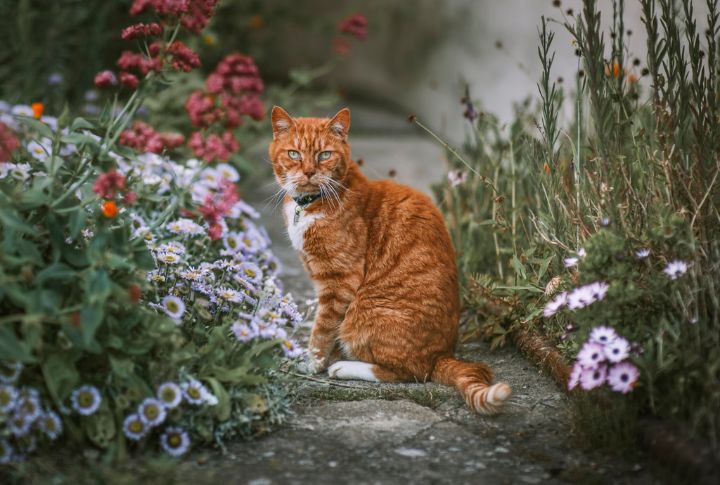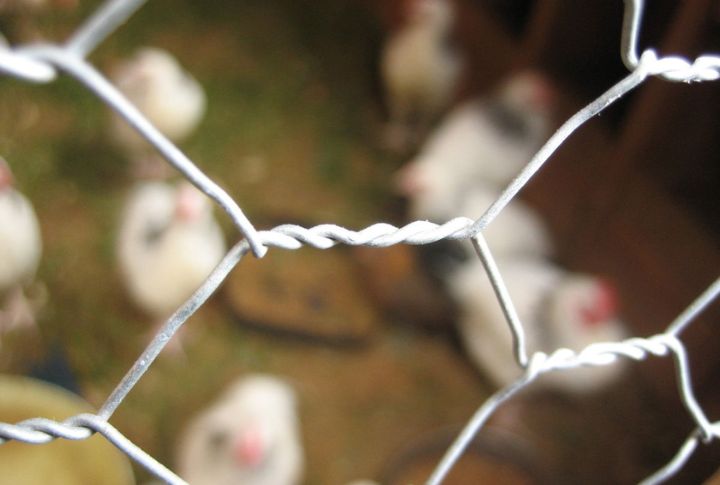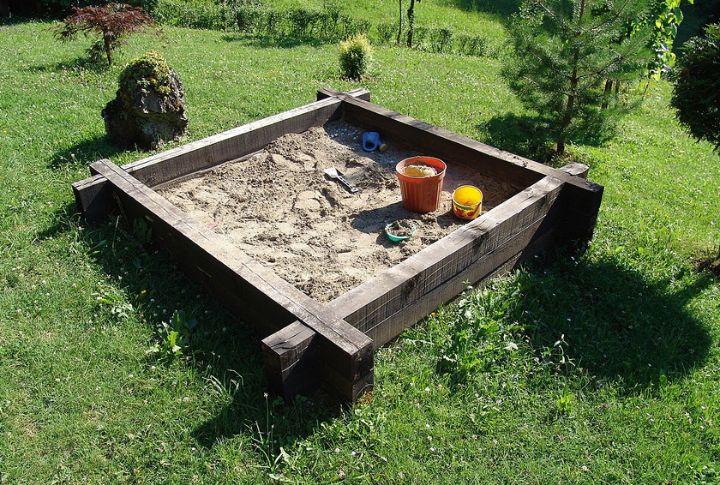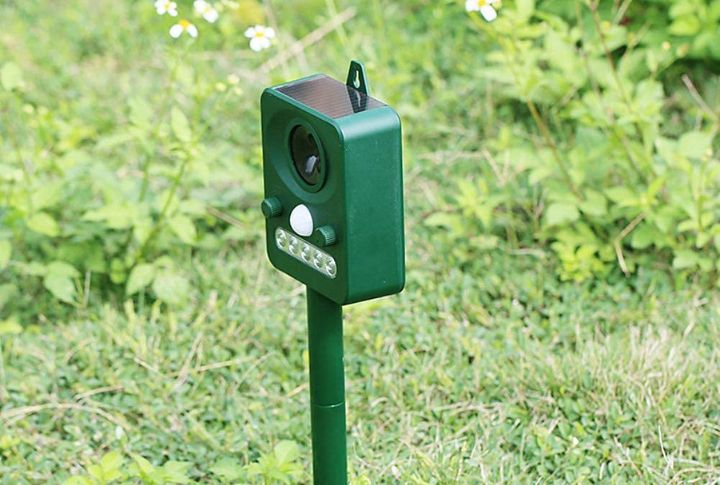
A freshly planted flower bed can quickly become a feline’s favorite bathroom. Once a scent trail begins, neighborhood cats tend to return daily. But this isn’t a losing battle. Here’s how you can use effective, humane methods to reclaim your soil for good.
Use Citrus Peels

Fresh orange and lemon peels release oils that overwhelm cats’ scent receptors, making these areas unappealing to them. Scatter the peels in planters or along paths cats often use. To keep the smell strong and protect your soil, replace the peels every few days.
Use Chicken Wire As An Invisible Fence

Place chicken wire just below the surface of your topsoil. The uneven grid makes it uncomfortable for cats to dig or squat. Plants can grow through the holes, but feline paws will avoid them altogether. This method blends in subtly while creating a physical deterrent.
Use Coffee Grounds To Repel Cats

Brewed coffee grounds aren’t just compost-friendly—they smell terrible to cats. That strong, bitter aroma often disrupts feline comfort zones without introducing harmful chemicals. To do this, sprinkle used grounds around the edge of flower beds or in favored digging spots. You’ll also improve soil quality with coffee.
Use Pinecones To Make Landing Unpleasant

Stepping on pinecones isn’t exactly a spa day for feline paws. The rough, poky feel ruins the appeal of a soil nap. That sends cats to search for softer ground. So, scatter them generously across your beds, and you’ll watch four-legged guests reconsider their next move.
Use Motion-Activated Sprinklers To Teach Boundaries

Smart sprinklers react instantly to movement, releasing a quick burst of water. The sudden response surprises cats without harming them. Over time, the memory of getting soaked conditions them to stay away. Just one unexpected squirt can change their entire route.
Use Strong-Smelling Herbs

Not a fan of cat poop by the tomatoes? Grab some rosemary or lemon thyme next time you hit the nursery. A few of those plants can fill your garden with scents cats seriously hate—and bonus: you’ll have fresh herbs for dinner anytime you feel fancy.
Use Sand Traps

Some homeowners create a designated digging zone by placing a sandpit far from the main beds. When paired with occasional scooping, cats often prefer the easier option. This shows that redirecting behavior sometimes works better than pure prevention, especially with persistent visitors.
Use Rough Mulch To Throw Off Their Footing

Textural repellents function by targeting feline pressure sensitivity. When paws contact coarse elements like bark or shell mulch, the discomfort discourages their repeat behavior. As a side benefit, such substrates provide environmental advantages, including erosion control and decreased evaporation.
Use Ultrasonic Devices

High-frequency sound emitters trigger when cats enter a defined range. Humans can’t hear them, but cats pick up the frequencies and retreat. These devices cover specific square footage, so placement matters. Over time, the unfamiliar sound becomes too irritating to ignore.
Use Boundary Plants To Block Their Entry

Dense shrubs aren’t just for decoration—they serve as natural barricades. Boxwood hedges and prickly barberry can form a perimeter that’s difficult for cats to penetrate. Those tall, tightly packed plants interrupt the open space, making feline entry far less likely and protecting the soil inside.

